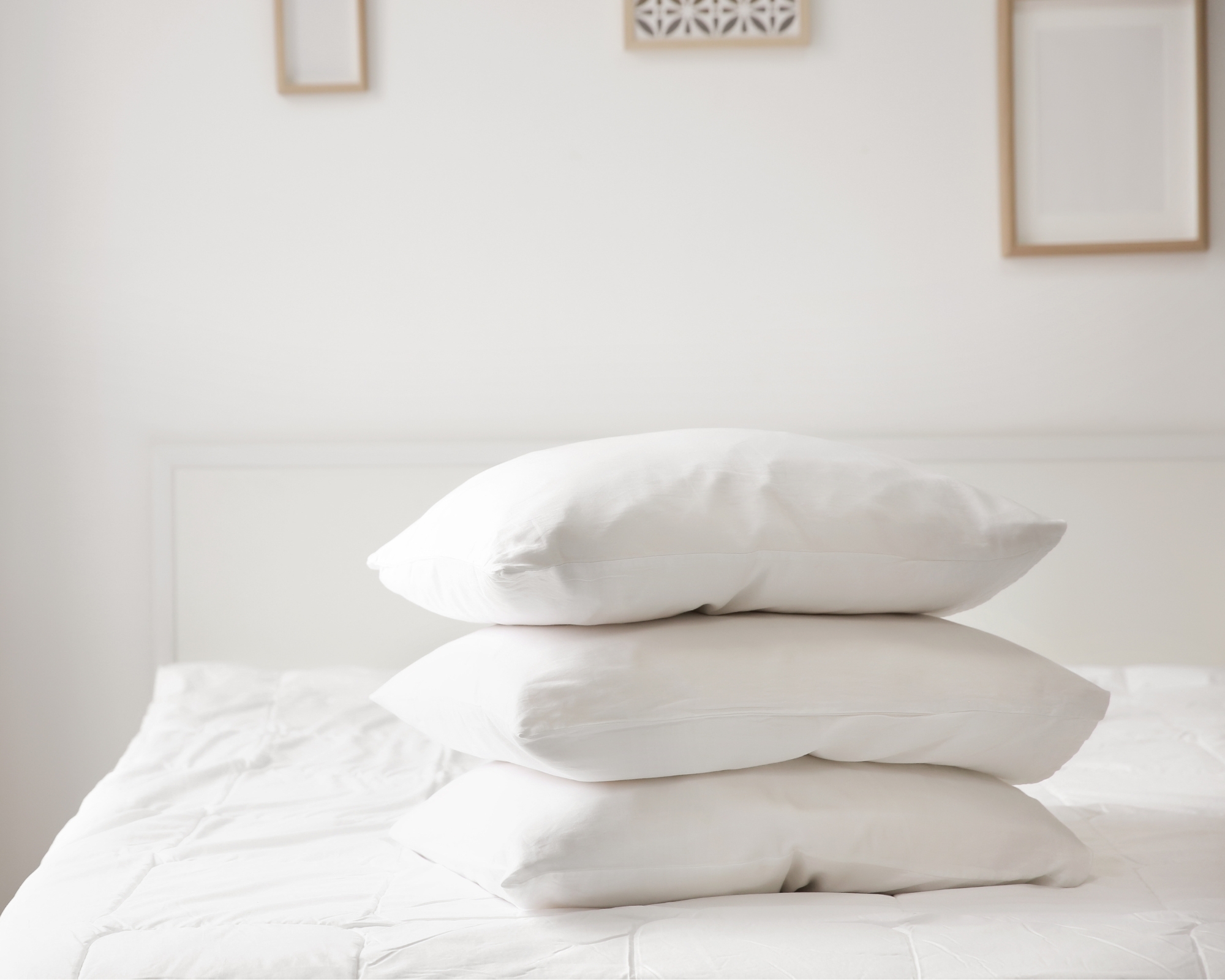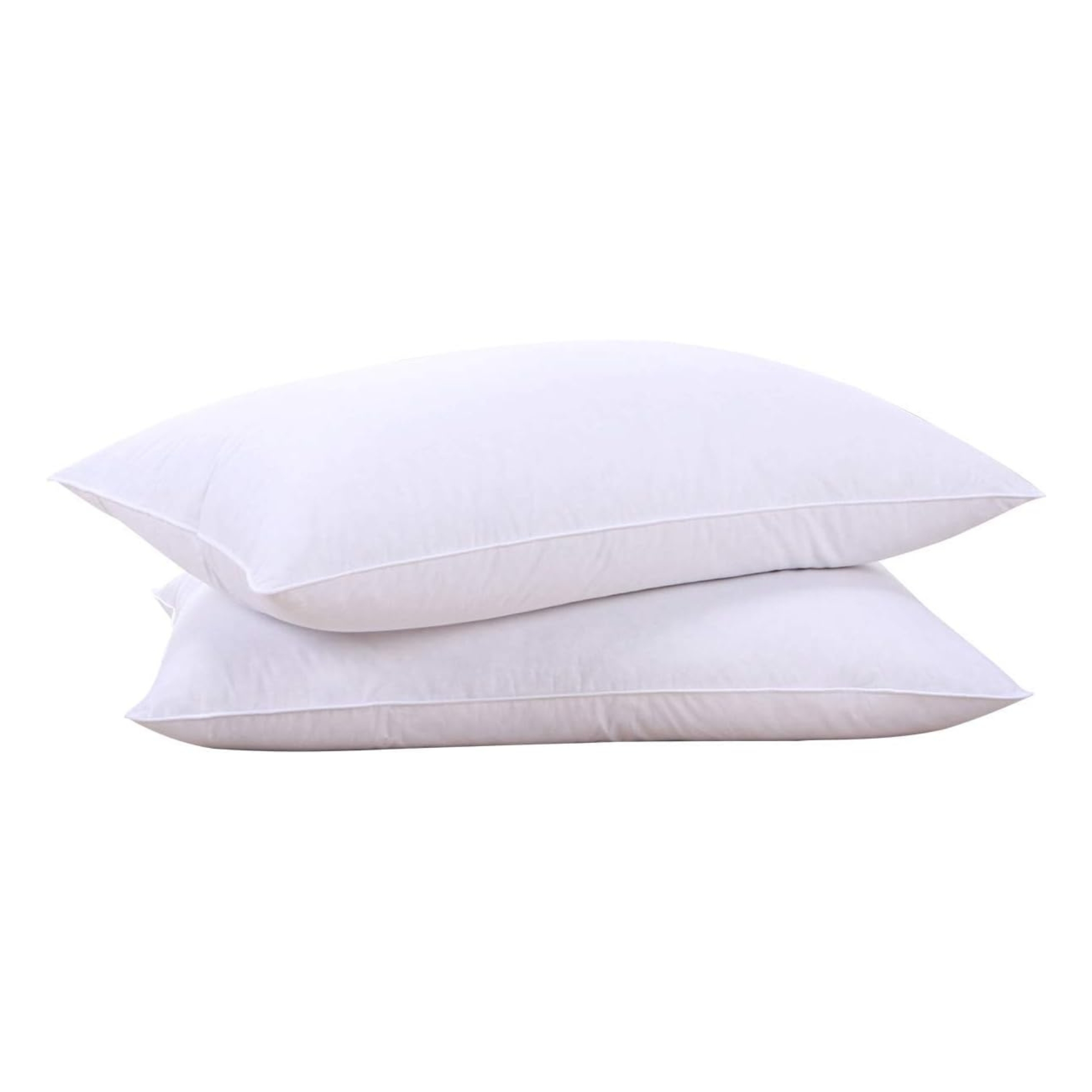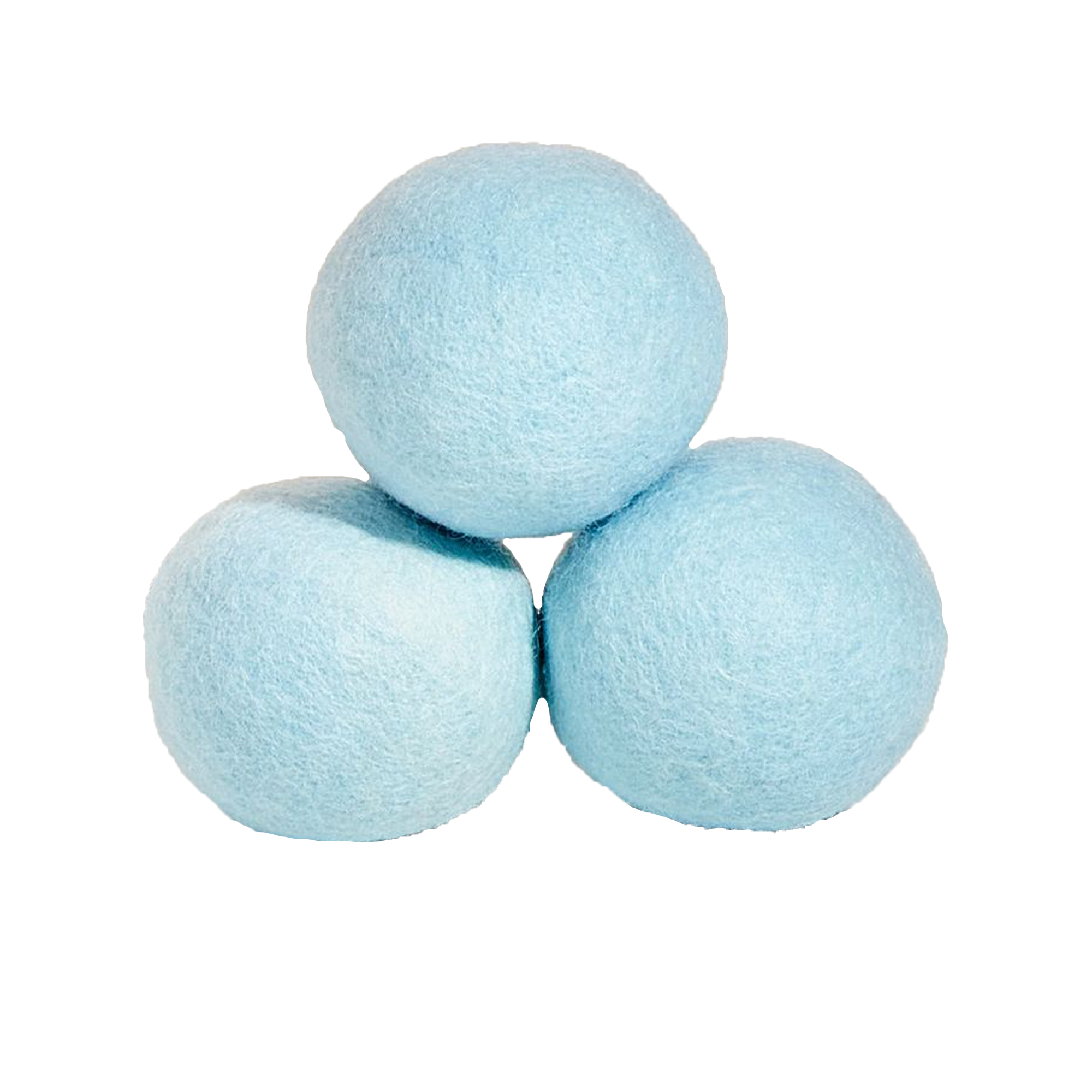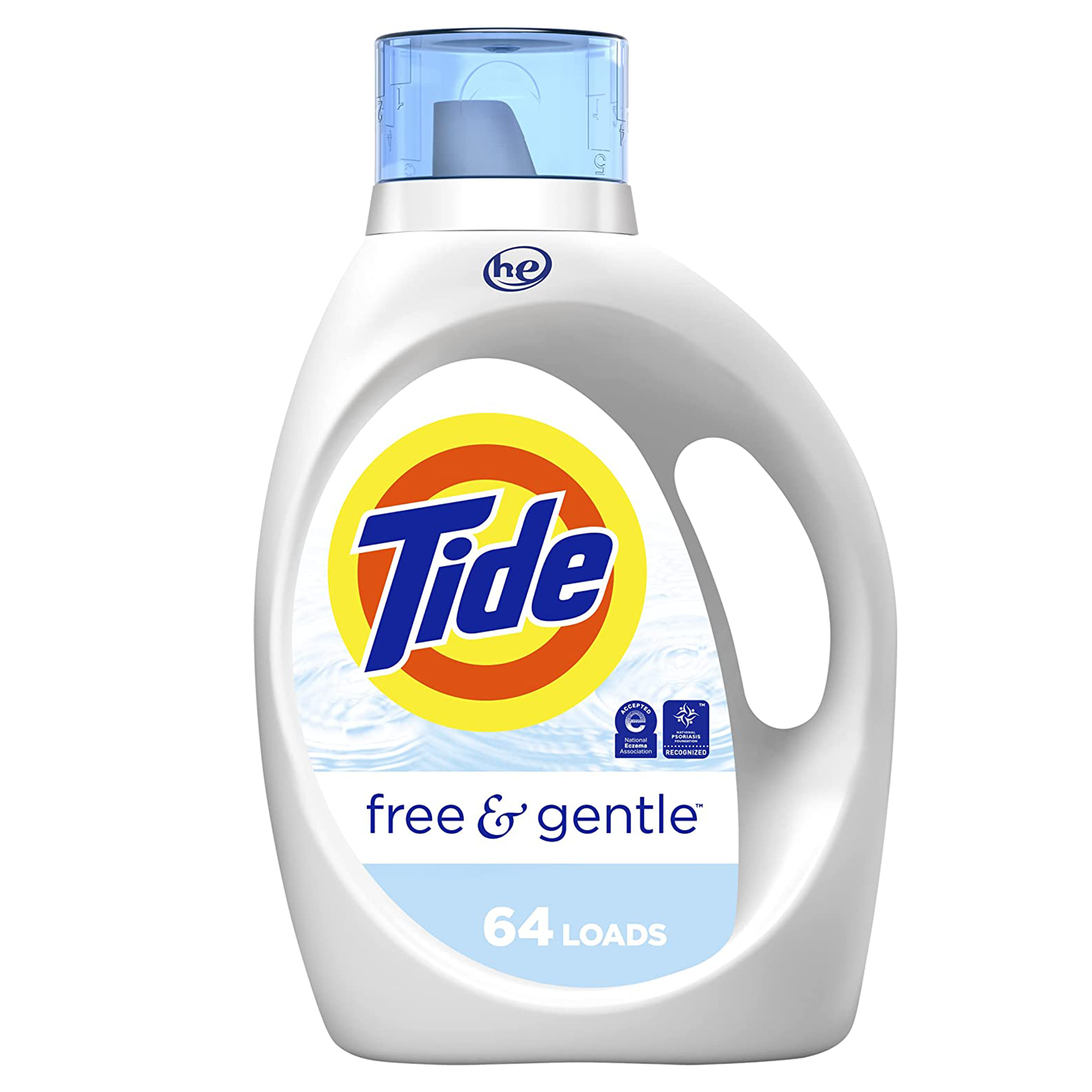
Learning how to wash feather pillows can make a huge improvement to your sleep hygiene. You'll definitely notice a difference to your snooze quality when your pillows are fluffy and fresh.
But over time, pillows can accumulate odors, stains, and debris so it's important to to keep not only your pillow cases clean, but the inner feather pillow, too. Our experts weigh in with tips to wash feather pillows at home and still keep their shape.
You may be worried about tossing it in the washing machine as this can sometimes damage the filling or make the pillow come out lumpy. Not to fear — we asked the experts how to do laundry properly so your pillows end up feeling as good as new.
How to wash feather pillows at home
After finding one of the best pillows, you want to make sure you keep it in good shape. A lumpy, squashed pillow can cause tons of neck pain. Not only are dirty pillows pretty gross, but they harbor bacteria and can cause acne or allergies.
But don't sweat it, with a few pillow cleaning hacks from the pros, you can restore them and be sleeping on a cloud in no time.

Step 1: Prep the pillows
Before you get started, check over your feather pillows for any dirty patches. Keep a stain remover, such as Miss Mouth's stain treater available on Amazon, on hand as part of your laundry room essentials. Let the stain remover sit for at least 20 minutes before washing feather pillows.
You'll also want to look for any tears or damage at this stage. Check the seams of the for rips as these can worse in the washing machine and the filling will spill out. If you find a rip or snag, repair it by hand sewing or using a machine.
You'll also want to check the care label for laundry symbol meanings to be clear on the washing requirements. “You should always check the care label before washing pillows. Different materials will call for different methods and some are hand-wash only," says James Joun, laundry expert and co-founder of Rinse.
Step 2: Load pillows in the wash
To machine wash feather pillows, you'll need to make sure the machine is balanced so the pillows don't come out lumpy. "Wash two pillows in the drum so it's balanced on both sides. You can also add some extra towels to help balance things out," says James.
Check your pillow size to make sure they're about equal to each other.
Step 3: Gentle wash
To avoid damaging the feathers, wash on a cool setting with a gentle detergent or one specifically made for feathers such as the Nikwax Down Wash available on Amazon.
"To protect feather pillows, use a mild laundry detergent that won't strip the feathers of their natural oils," says Angela Rubin, a cleaning expert from Hellamaid.
You may also want to add an additional rinse cycle to get rid of any soapy residue deep within the filling of the pillow.
Step 4: Tumble dry
After you wash feather pillows, restore their bounce by giving them a tumble dry on a low heat. "You can toss feather pillows in the dryer but it should be on a low setting. Anything too hot can risk damaging the feathers," says James.
Use dryer balls like these wool dryer balls available on Amazon with over 75k reviews or tennis balls to fluff up the feathers.
Make sure your pillow is dry all the way through to avoid dampness or mold growing inside.

Price: $40.99
Invest in some extra feather pillows to add even more coziness to your sleeping set-up. They're filled with a mix of 85% grey goose feathers and 15% grey goose down for a fluffy result.

Price: $18
Add some dryer balls to your laundry to bring your feather pillows back to their fluffy fullness. Wool works best with many different materials and it's pretty eco-friendly, too.

Price: $12.32
This gentle detergent from Tide is great for washing just about anything. Especially for those with allergies or sensitive skin where strong detergent might cause irritation.
Pillows are an often-neglected item when it comes to doing the laundry. If you're wondering how often you should be washing your pillows, it's probably already time.
Just avoid making common laundry mistakes like washing on high heat or using harsh chemicals.







